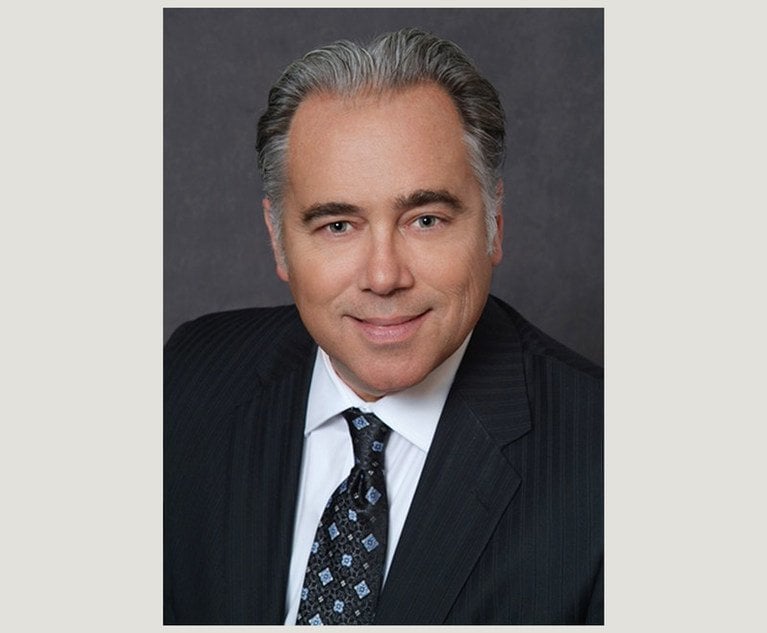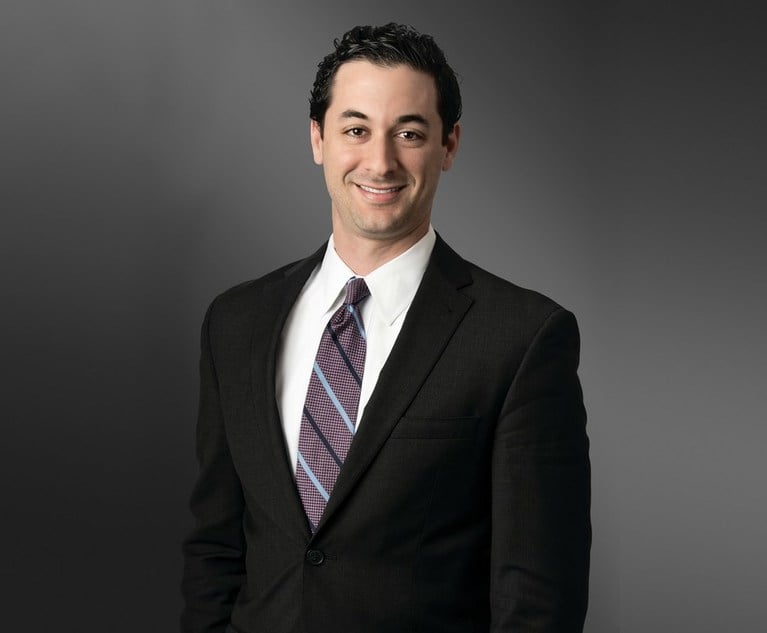The U.S. Supreme Court’s June 2014 landmark decision Alice v. CLS Bank International, 134 S.Ct. 2347 (2014), altered the course and viability of software patents in the United States and continues to cause uncertainty over the eligibility of software for patent protection. Alice announced a multi-step test for analyzing patent eligibility, under which the basic question for any software application is, “does the application satisfy the patent eligibility conductions of 35 U.S.C. Section 101 (Section 101)?” The United States Patent and Trademark Office (USPTO) has established examiner guidelines for software patent applications and patent practitioners have become increasingly skilled at responding to USPTO Section 101 rejections. Since the Alice decision, a number of decisions by the U.S. Court of Appeals for the Federal Circuit decisions have had great influence on the examination practice in software, and at least two 2018 decisions by the Federal Circuit in patent infringement appeals have found the asserted software claims to be patent eligible. In both of these patent infringement appeals, the decision hinged on the disclosure or written content of the application’s specification.
In April 2018, USPTO Director Andrei Iancu told the Senate Judiciary Committee that the USPTO, to the extent possible within the guidelines from U.S. Supreme Court precedent, would strive to provide concrete guidance for patent practitioners in framing their patent prosecution arguments to overcome Section 101 rejections. Until that guidance is available, practitioners can find updated case postings, guides and directives at USPTO’s subject matter eligibility page. To help keep track of key cases the USPTO is routinely updating the eligibility quick reference sheet.


 Anthony S. Volpe, left, and Harry Vartanian, right, of Volpe and Koenig.
Anthony S. Volpe, left, and Harry Vartanian, right, of Volpe and Koenig.




